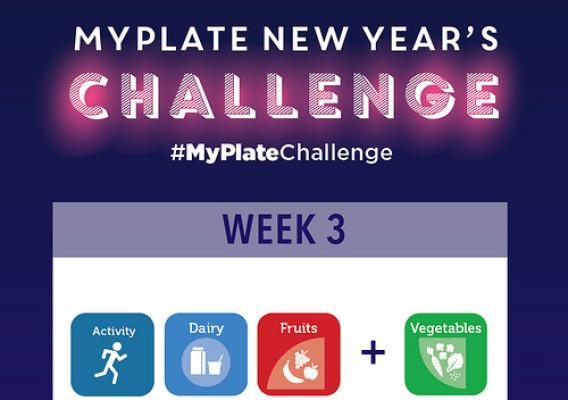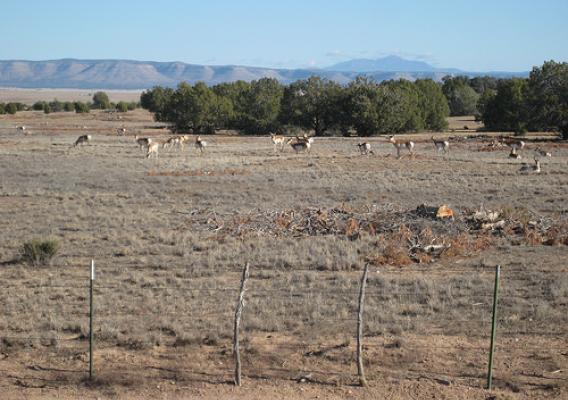According to recent data on local food marketing practices, 167,000 U.S. farms locally produced and sold food through direct marketing practices, resulting in $8.7 billion in revenue. Pennsylvania led the U.S. in the number of farms selling directly to consumers, with more than 6,000 operations. California led in sales, earning $467 million. The survey also concluded that more than 80 percent of all direct market food sales occurred within 100 miles of the farm.
Local foods, pollination, organic products, fats and oils—these are just a few of the topics on which NASS recently began collecting and reporting data to meet data interests and requests, adding to our long-standing information on major commodities. We are innovating and building on more than 150 years of service to rural America with agriculture statistics. The value of accurate data is now more important than ever for decision-making on the farm, and by USDA farm program administrators, policy makers, researchers, market participants and, really, every aspect of agriculture.










